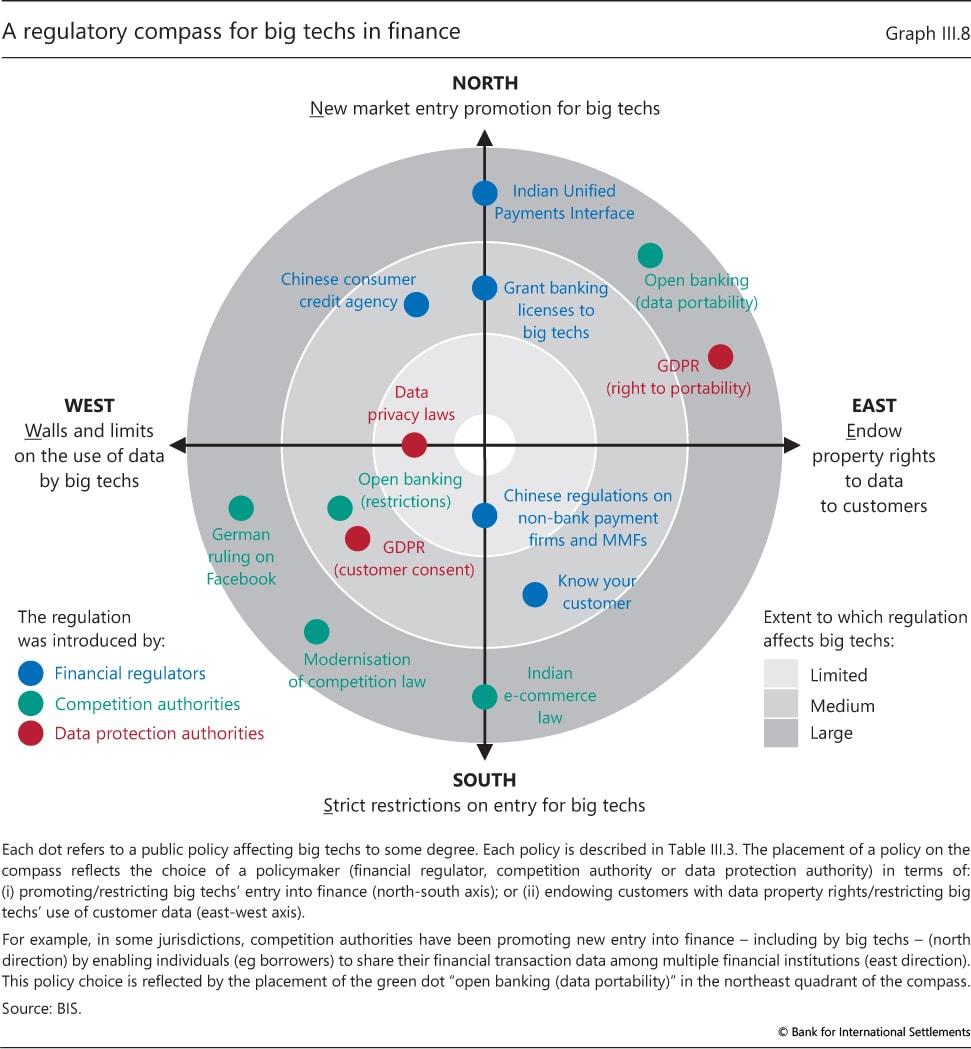The Growing Threat Landscape for Financial Institutions
Banks and other financial institutions are facing an increasingly sophisticated and persistent threat landscape. Cybercriminals are constantly developing new techniques to breach security systems and steal sensitive customer data. This includes everything from phishing scams and malware attacks to more advanced techniques like social engineering and exploiting vulnerabilities in software. The financial consequences of a data breach can be catastrophic, leading to hefty fines, reputational damage, and loss of customer trust. This necessitates a more robust approach to data protection than ever before.
Enhanced Encryption and Data Masking Techniques
Stronger bank data protection hinges on advanced encryption methods. This goes beyond simply encrypting data at rest; it involves encrypting data in transit as well, ensuring it remains protected throughout its entire lifecycle. Data masking techniques, which replace sensitive information with non-sensitive substitutes for testing and development purposes, are also becoming increasingly crucial. This allows organizations to conduct essential processes without compromising real customer data, significantly reducing risk. The use of robust key management systems is essential to ensure the security and integrity of the encryption keys themselves.

The Importance of Multi-Factor Authentication (MFA)
Multi-factor authentication (MFA) is no longer a luxury; it’s a necessity. Requiring users to verify their identity using multiple factors, such as a password, a one-time code sent to their phone, and biometric authentication, significantly reduces the likelihood of unauthorized access. This layered approach makes it exponentially harder for attackers to gain access, even if they manage to obtain a password. Implementing MFA across all systems and access points is crucial for comprehensive security.
Investing in Advanced Threat Detection and Response Systems
Real-time threat detection and response systems are invaluable in today’s threat landscape. These systems use advanced analytics and machine learning to identify suspicious activity and anomalies in real-time, allowing security teams to respond quickly and effectively to potential threats. This includes intrusion detection systems, security information and event management (SIEM) tools, and endpoint detection and response (EDR) solutions. These tools are not just reactive; they can proactively identify potential vulnerabilities and mitigate risks before they can be exploited.
The Role of Employee Training and Security Awareness
A strong security posture relies heavily on well-trained and security-conscious employees. Regular security awareness training programs are essential to educate employees about the latest threats and best practices for protecting sensitive data. This includes training on phishing scams, malware awareness, and safe password management. Employees should be empowered to report suspicious activity and understand the importance of their role in maintaining the overall security of the institution. Regular phishing simulations can also be incredibly beneficial in identifying vulnerabilities within the workforce.
Data Loss Prevention (DLP) and Robust Data Governance
Data loss prevention (DLP) tools are critical for monitoring and preventing sensitive data from leaving the organization’s control. These tools can scan emails, files, and other data streams for sensitive information and block attempts to transmit it outside the permitted channels. Complementing DLP are robust data governance frameworks. These frameworks define clear policies and procedures for managing and protecting sensitive data throughout its lifecycle, ensuring compliance with relevant regulations and minimizing the risk of data breaches. Regular audits and assessments are essential to ensure the effectiveness of these frameworks.
The Importance of Regular Security Audits and Penetration Testing
Regular security audits and penetration testing are vital for identifying vulnerabilities in security systems and processes. Penetration testing simulates real-world attacks to identify weaknesses that attackers could exploit. These tests should be conducted regularly and by independent security experts to provide an unbiased assessment of the organization’s security posture. The results of these audits and tests should be used to inform improvements to security controls and strengthen overall protection.
Collaboration and Information Sharing within the Industry
Sharing information and collaborating with other financial institutions and cybersecurity experts is crucial in staying ahead of evolving threats. By sharing threat intelligence and best practices, the industry as a whole can improve its collective security posture and better protect against emerging threats. This collaboration can also lead to the development of more effective security solutions and strategies. Open communication and a willingness to learn from others are essential for collective success.
Regulatory Compliance and Adapting to Evolving Standards
Staying up-to-date with and adhering to evolving regulatory standards and compliance requirements is paramount. Regulations such as GDPR, CCPA, and others are constantly being updated to reflect the changing threat landscape. Financial institutions must invest in the resources and expertise necessary to ensure ongoing compliance and avoid hefty penalties for non-compliance. This requires a proactive approach to understanding and implementing new regulations and maintaining a robust compliance program. Click here to learn about banking data privacy regulations.
